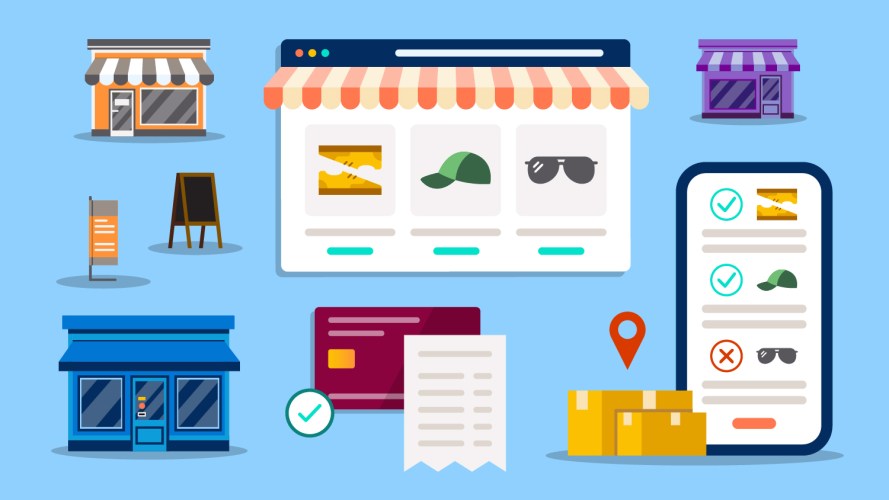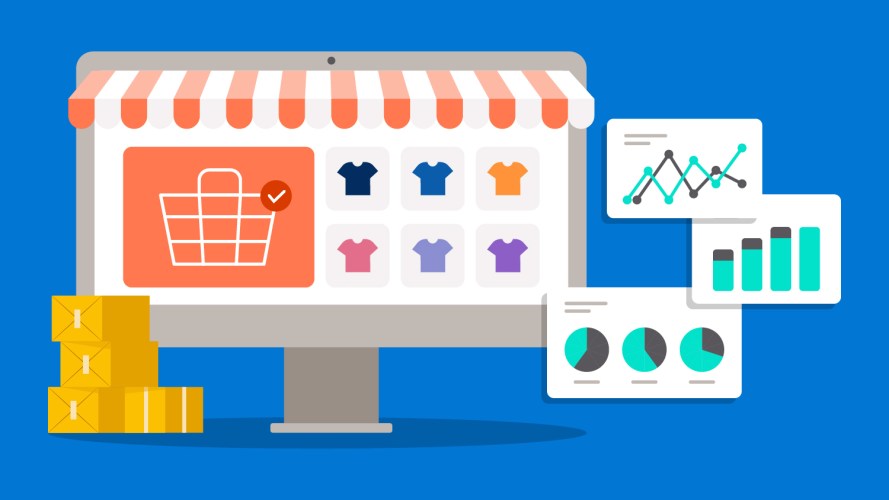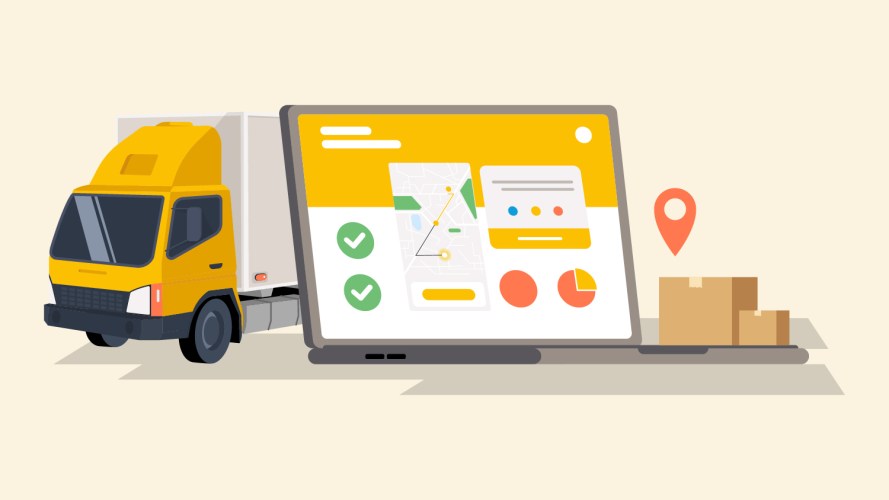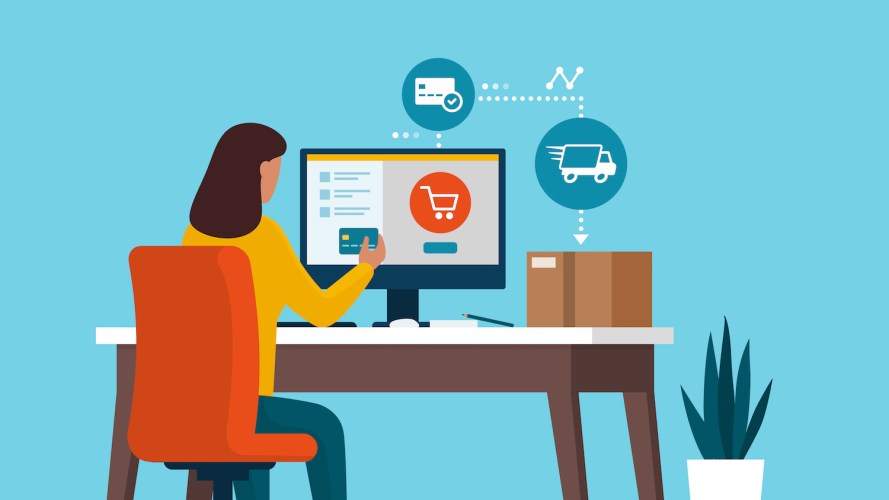How Digital Commerce Delivers Big Wins for Manufacturers
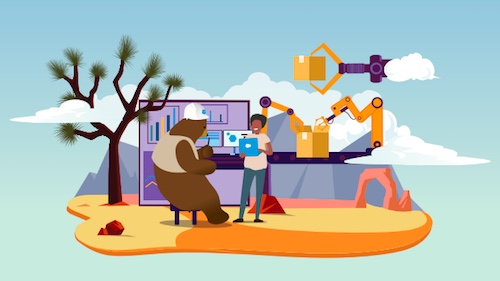


As a manufacturer, the path to improved loyalty and revenue growth begins with B2B digital commerce technology. Find out why and how your organization can retain existing customers and acquire new ones.

Eric Marotta
Manufacturers face growing pressure to satisfy the digital needs of two critically important groups of stakeholders. Buyers want transaction capabilities similar to the enhanced digital experiences they enjoy in their personal lives, while internal employees want the ability to access a single source of truth for customer data and other information at any time, from any device.
The new wave of B2B buyers and employees are young, tech-savvy professionals who reward businesses that meet their expectations with loyalty — which is in short supply these days as 57% of customers have stopped buying from a company because a competitor provided a better experience. As a manufacturer, the path to improved loyalty and revenue growth begins with B2B digital commerce technology. In fact, 89% of B2B decision makers tie future business growth to the success of their digital commerce systems, according to Salesforce research.
The right technology helps your organization retain existing customers and acquire new customers by empowering sales teams to capture more sales through guided selling, cross-selling, upselling, and more. Here’s how:
Meeting the needs of current customers
B2B decision makers point to customer retention (56%) as the biggest value digital offers their businesses, followed closely by customer acquisition (54%). Digital commerce enables you to cost-effectively support your existing customer base, while delivering the kinds of experiences customers and sales teams expect from a world-class manufacturer.
But the process of leveraging commerce for strengthening relationships with your current customer base doesn’t require a sweeping change initiative. Instead, it begins with identifying key customer segments and soliciting their feedback on the buying process. Based on their feedback, you can define use cases and execute digital projects capable of generating the most value.
For example, suppose your most important customer segment struggles with ordering consumables online. Using a minimum viable product (MVP) approach, you can start to build a digital commerce solution that streamlines the way customers order consumables on your site. By focusing on specific use cases, you can bring new features to market quickly and iterate on the solution over time as you collect additional feedback from customers.
Acquiring new customers
Meeting the needs of existing customers is only part of your company’s digital commerce story. The other part involves leveraging digital commerce to grow market share. You need to reach beyond your target market and capture new segments at the lowest possible cost to the organization. Instead of increasing headcount, you can use digital investments to improve topline revenue.
Chances are your organization already has a marketing strategy, an SEO strategy, and a branded website. But you may not have a digital catalog or online ordering capabilities — and your marketing, SEO and website strategies probably aren’t working in tandem.
To acquire new customers and increase market share, you need to unify your marketing and SEO strategies and allow experts in sales and product management to digitize selling information related to the product. From there, you can enrich your selling information with media and engineer the type of content that will be most effective for reaching new segments.
As the manufacturing sector races to catch up to the consumer goods and software industries in offering self-service and online-only products to customers, 96% of manufacturers attribute future growth to their digital commerce programs. With a unified digital commerce system in place, buyers have the ability to accomplish more online via self-service activities and the ordering of online-only products, which makes sales teams more efficient and drives new revenue opportunities for the business.
Returning to the example of a key customer segment interested in purchasing consumables online, we can see how self-service capabilities not only satisfy a customer need, but also result in revenue gains for the business. By empowering customers with the ability to order consumables without the assistance of a sales rep, you enable sales teams to spend more time developing relationships with new customers, and shift conversations with current customers toward cross-selling and upselling opportunities.
Closing the circle
In many ways, digital commerce allows manufacturers to adopt a more holistic approach to the marketplace. Rather than operating in silos, various stakeholders and departments gain clarity about the business objectives driving the commerce initiative and their role in the process.
In essence, commerce technology closes the circle. Best-in-class digital commerce solutions, like Salesforce, unify a 360-degree view of the customer with sales, service, and marketing, enabling your organization to go to market more efficiently and effectively.
As a result, sales teams are empowered with the information they need, and marketers are better equipped to attract and retain customers across a range of marketing channels. With the entire team pulling in the same direction, your manufacturing organization gains the digital capabilities buyers and sellers expect — and the ability to achieve business outcomes that will define your company’s future.

